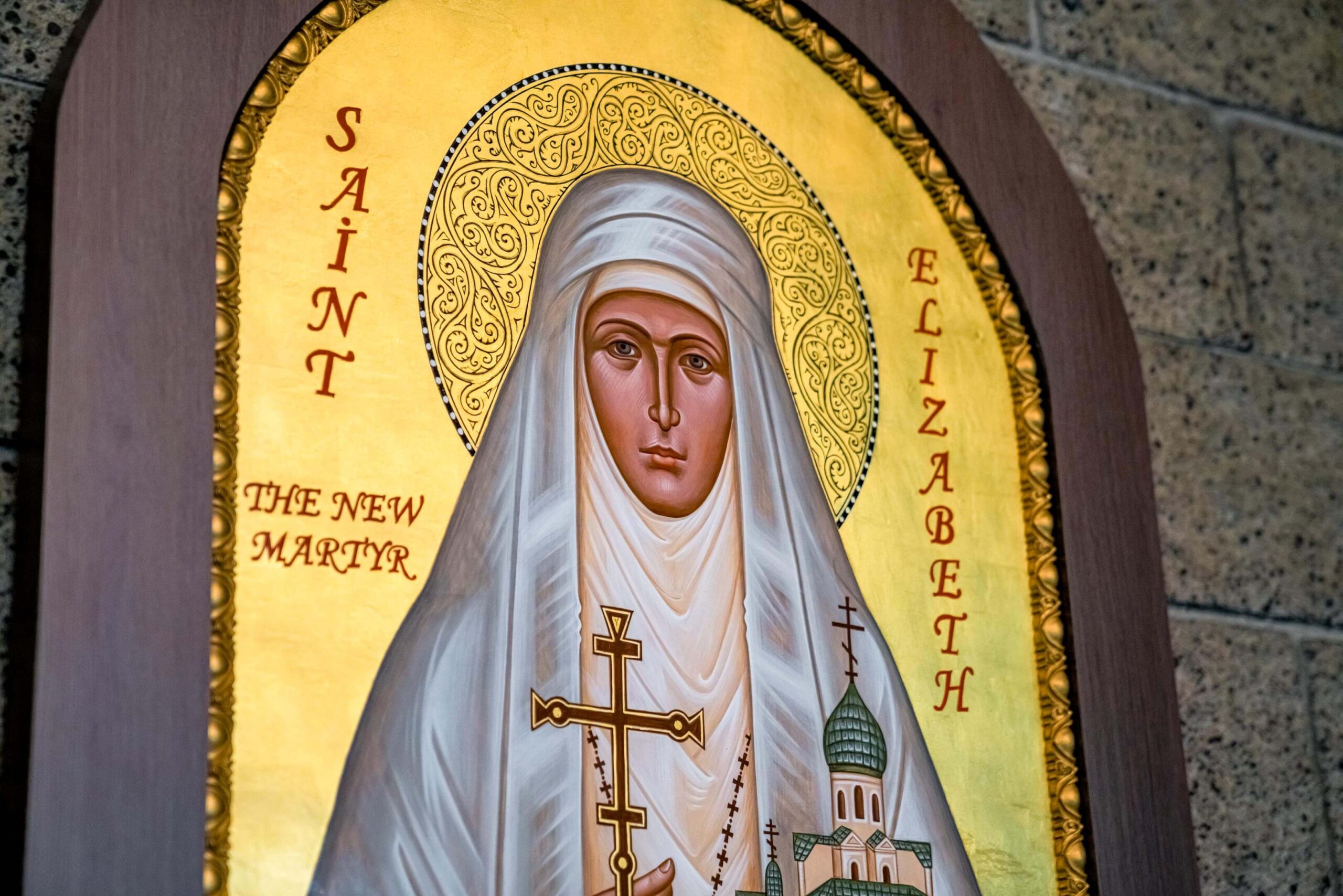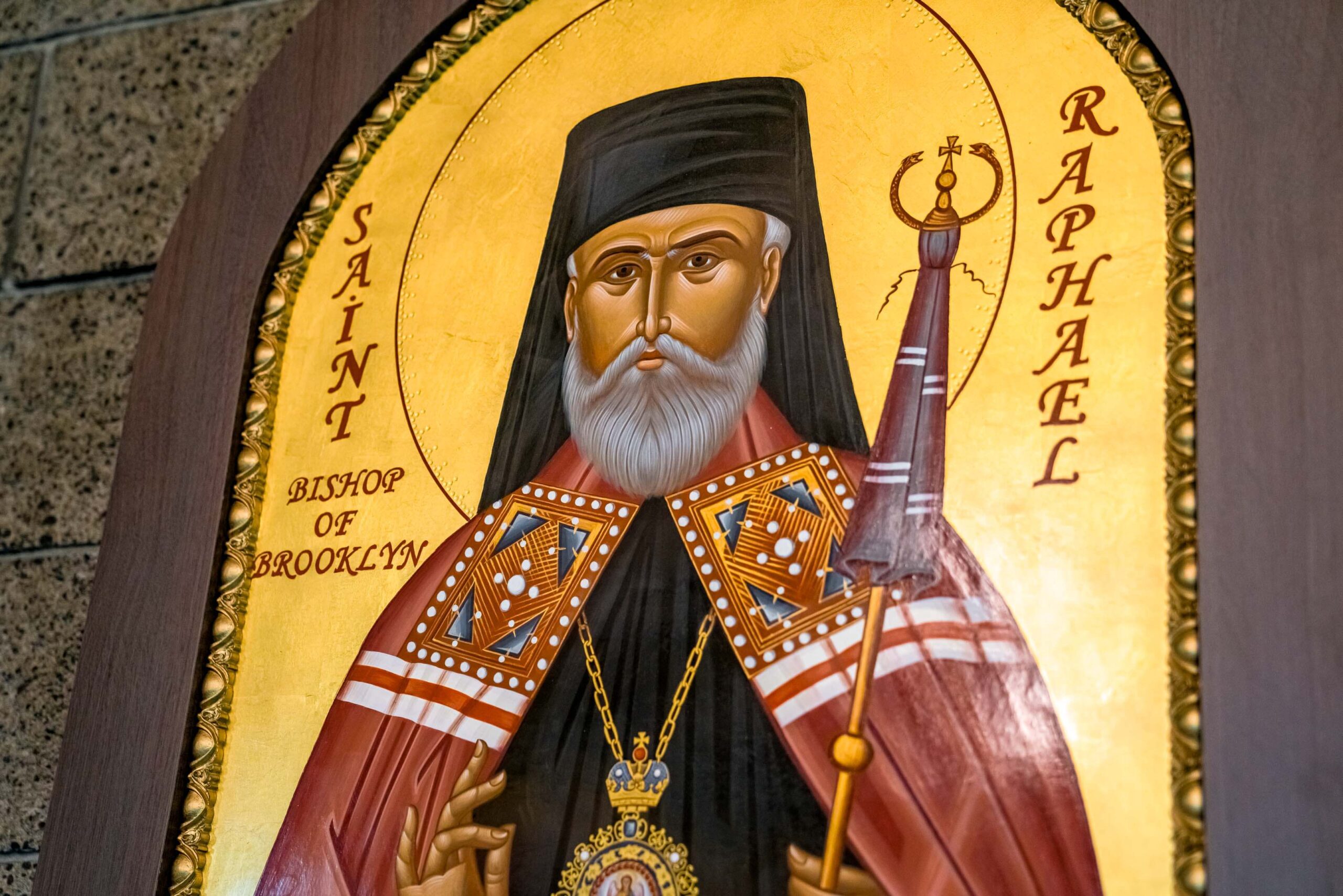ORTHODOX ICONS OF FAITH
The icons we create and sell are either...
Faithful copies of original Byzantine icons of the Cretan School of Hagiography found in museums or private collections.
OR
Newer icons painted with the technique and criteria of the Cretan School.
A History of Orthodox Icons

The Cretan School of Hagiography
The Cretan school of Hagiography is one of the basic schools of hagiography that developed mainly in Crete after the fall of Byzantium in the 15th and early 16th century. Its main representatives are: Theofanis o Kris (Strelitzas), Emmanuel Janet, Emmanuel Lampardos, Andreas Ritsos, etc.). The Cretan artists developed a special common style of hagiography, influenced by both Eastern and Western influences.

The Cretan Style
Cretan style is considered the art of monks. This art is simple, austere with a secret ascetic character. The main features of this School are the darkest models, mainly in the faces, which are brown in contrast to the other important School of Hagiography in Macedonian, where the models have a green color. The sarcomas of the face (ie its light spots) are not much brighter than the proplasm and are few and narrow. The shaded parts of the face surround and close the sarcomas. For this reason it is also called "narrow" style.

Byzantine idealism
The Cretan School of Hagiography remains faithful to Byzantine idealism. It is a conservative art, characterized by restrained movements, austerity, kindness of persons and generally devotion to the Byzantine tradition. The saints are depicted strict but forgiving, never smiling and never with a secular expression. The gold background used in the images creates the impression of a transcendental world, which isolates the form from the earth's environment.